Warsaw
back

Flat at 57 Nowy Świat Street
When in 1950 Witold Rowicki was appointed by the Minister of Culture as the Artistic Director of the Warsaw Philharmonic, he had to move from Katowice to Warsaw. The first flat he received for himself and his family was at the Nowy Świat Street. Although the flat was small, it became an open place for many artists and friends of the Conductor.
House at 35 Chocimska Street
A modernistic tenement house with art deco elements at 35 Chocimska Street, famous for its unconventional residents. The Maestro lived there from 1953 till his death. The Rowicki family occupied a flat of 140 sq. m on the 5th floor. Their neighbour was professor Władysław Tatarkiewicz, a famous Polish historian and philosopher. An earlier occupant was Witold Gombrowicz, visitors included also Władysław Szpilman, Witkacy and Bruno Schulz. The tenement house was close to the Łazienki Park. It was one of the two buildings housing the Warsaw reconstruction offices after the war.
Rowicki Passage Way
A promenade at the back of the Sezam shopping house, parallel to the Marszałkowska Street. It connects the Moniuszko Street with the Świętokrzyska Steet. The passage way had no name until 7 July 2005, when at the request of the Warsaw Philharmonic it was named after Witold Rowicki.
Stare Powązki Cemetery,
14 Powązkowska Street
The burial place of Witold Rowicki.Section 2, row 2, grave 7

The Great Theatre, 1 Plac Teatralny Square
(currently the Great Theatre – the National Opera)
In 1965 the Minister of Culture, Lucjan Motyka, appointed Witold Rowicki as the music director of the Great Theatre. Rowicki worked there 2 years. For 20 November 1965, the date of opening of the new theatre building, he prepared and conducted the premiere of “Straszny Dwór” (the Haunted Manor) by Stanisław Moniuszko. Later, he prepared and conducted the first performance of the opera “Jutro” (Tomorrow) by Tadeusz Baird, which was held on 18 September 1966 during the 10th “Warsaw Autumn” Festival.

The Higher State School of Music
(currently the Fryderyk Chopin University of Music), 2 Okólnik Street
One of Witold Rowicki’s places of work. In the years 1952 – 1954 the Maestro taught there in a class of conducting. He also directed the school orchestra. His students included, among others, Władysław Kabalewski, Franciszek Klimczak and Andrzej Markowski.

Warsaw Philharmonic, 7 Jasna Street
The most important place of work of the Maestro. The institution with which he was connected over 25 years as its artistic director and chief conductor. Witold Rowicki was one of those who brought about the reconstruction of its seat by gathering several thousand signatures of workers, artists and scientists to a petition to the authorities for its prompt reconstruction.
Łazienki Park, 2 Ujazdów Street
The park located close to the living house of Witold Rowicki. The place of many walks, jogging and concerts by the Maestro in the Theatre on the Island. The Łazienki Park is portrayed in many films recorded by Witold Rowicki with 8mm camera, with their leading characters being ducks, squirrels and swans.